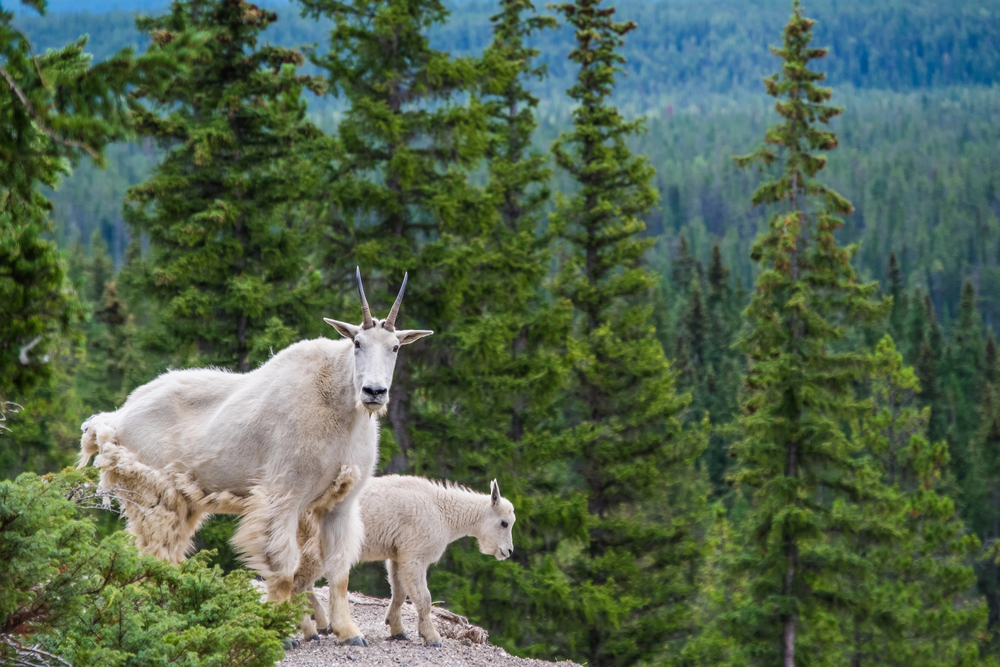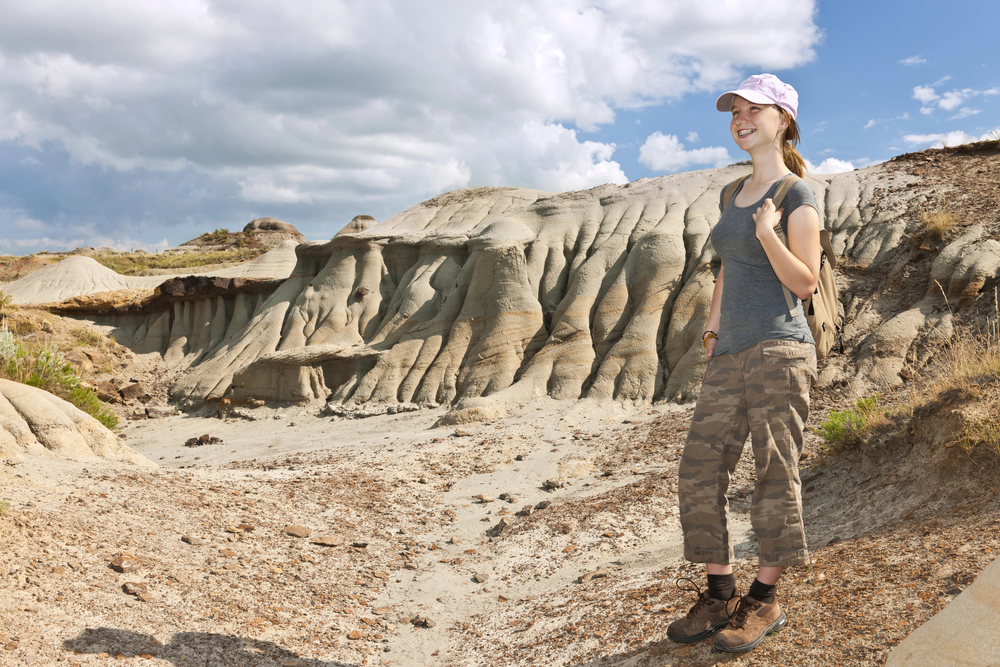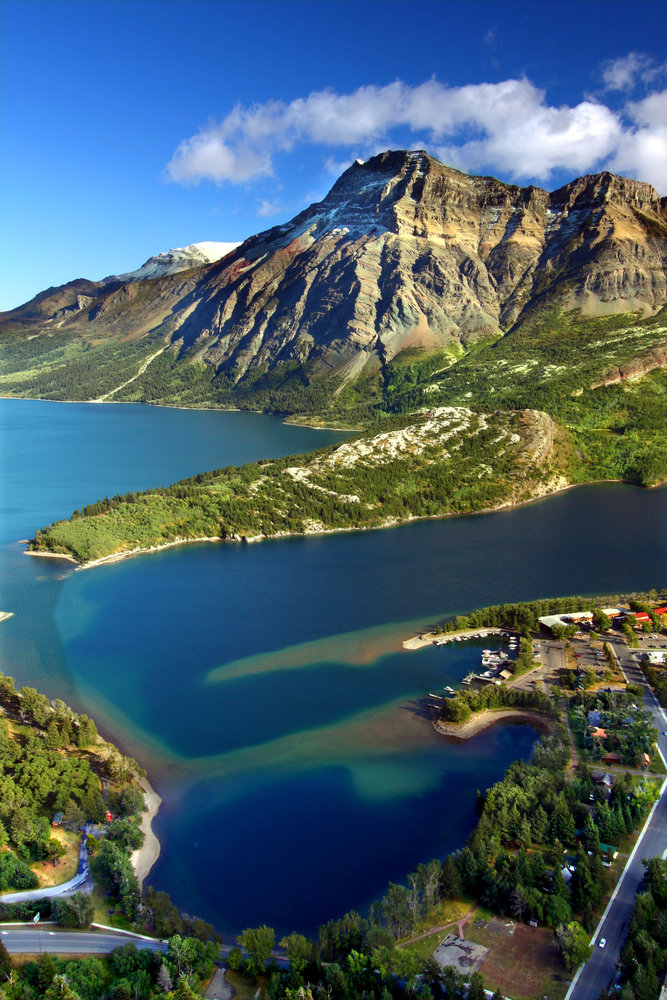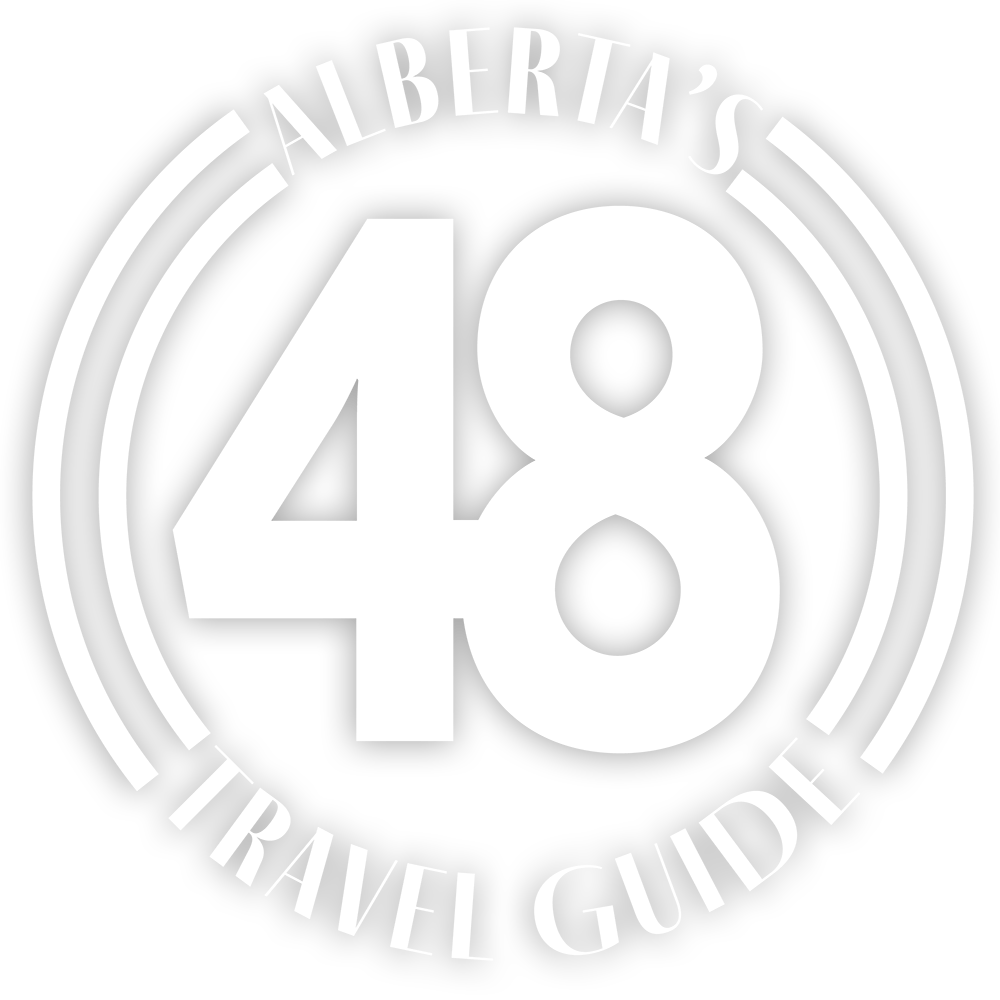
Alberta’s treasures unveiled
Alberta boasts a natural tapestry of breathtaking landscapes and cultural wonders, several of which have earned the prestigious designation of UNESCO World Heritage Sites. These sites are recognized for their outstanding universal value and contribute to the collective heritage of humanity. Let’s delve into the UNESCO World Heritage Sites in Alberta and uncover the stories they tell.
1. Canadian Rocky Mountain Parks:
Nestled in the heart of the Canadian Rockies, the Canadian Rocky Mountain Parks are a collective UNESCO World Heritage Site comprising Banff, Jasper, Kootenay, and Yoho National Parks. Towering mountain peaks, pristine glacial lakes, and diverse ecosystems define this extraordinary region. Visitors can marvel at iconic landmarks like Lake Louise, the Columbia Icefield, and the stunning Athabasca Falls. The parks are not just a haven for outdoor enthusiasts but also serve as vital habitats for a myriad of wildlife, including grizzly bears, elk, and mountain goats.

2. Dinosaur Provincial Park:
Dinosaur Provincial Park, located in the badlands of southeastern Alberta, is a UNESCO World Heritage Site that offers a glimpse into the ancient past. Renowned for its rich fossil deposits, the park has yielded a vast number of dinosaur remains, including the world’s richest deposit of horned dinosaur fossils. Guided tours take visitors through the otherworldly landscape, revealing fossilized bones and the remnants of a time when dinosaurs roamed the region. The park serves as a living museum, showcasing the ongoing processes of erosion and fossilization.
3. Head-Smashed-In Buffalo Jump:
A testament to the hunting practices of Indigenous Peoples, Head-Smashed-In Buffalo Jump is a UNESCO World Heritage Site that offers insights into the cultural significance of buffalo hunting for the Plains people. Situated in southwestern Alberta, this archaeological site reveals a cliff over which Indigenous hunters herded buffalo, utilizing ingenious methods to secure sustenance and materials for daily life. The site’s interpretive center provides immersive exhibits and educational programs, allowing visitors to appreciate the intricate relationship between Indigenous Peoples and the land.

4. Waterton-Glacier International Peace Park:
Straddling the border between Alberta and Montana, USA, the Waterton-Glacier International Peace Park stands as a symbol of cooperation and shared stewardship between nations. Designated as a UNESCO World Heritage Site for its outstanding natural beauty, the park encompasses Waterton Lakes National Park in Alberta and Glacier National Park in Montana. Glacial landscapes, pristine lakes, and diverse ecosystems create a haven for hikers, wildlife enthusiasts, and those seeking the serenity of untouched wilderness.
5. Wood Buffalo National Park:
Nestled on the border between Alberta and the Northwest Territories, Wood Buffalo National Park is a sprawling testament to Canada’s commitment to preserving its natural heritage. Established in 1922 to protect the world’s largest free-roaming wood bison herd, this UNESCO World Heritage Site encompasses a staggering 44,807 square kilometers. Beyond its charismatic bison population, the park is home to diverse ecosystems, including boreal forest, wetlands, and the Peace-Athabasca Delta—a critical habitat for countless migratory birds. The park’s ecological importance extends to the preservation of the endangered whooping crane, making it a sanctuary for both iconic and vulnerable species. Visitors to Wood Buffalo National Park can explore pristine wilderness, witness the impressive Bison Loop, and gain insights into the delicate balance required to sustain such a vast and biodiverse landscape.
6. Writing-on-Stone Provincial Park:
In the sun-kissed badlands of southern Alberta, Writing-on-Stone Provincial Park stands as a captivating testament to Indigenous history and culture. This provincial park, the newest Alberta UNESCO World Heritage Site, is home to hoodoos, cliffs, and an impressive collection of rock art created by Indigenous peoples over thousands of years. The ancient rock carvings and paintings, found along the Milk River, depict sacred figures, animals, and symbols, providing a glimpse into the spiritual and cultural practices of Indigenous communities in the region.


